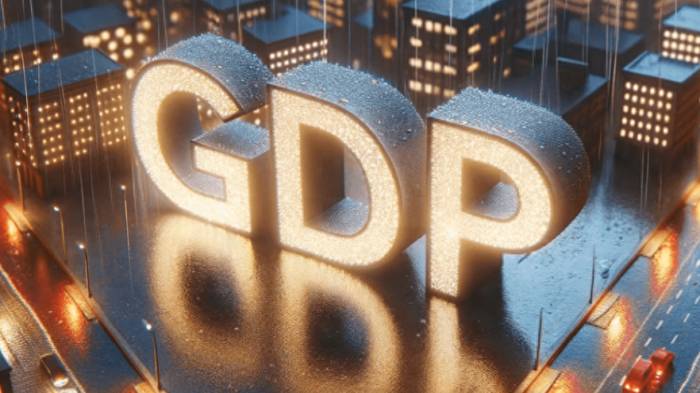ECB Intervention Boosts Euro Sharply
The European Central Bank has taken action, raising interest rates by a substantial 75 basis points in one fell swoop.
This positive development has spurred a significant appreciation of the euro against the US dollar, bringing the exchange rate back above 1.0.
However, the game is only halfway through, with Europe and the United States still making their moves, and it is difficult to predict who will have the last laugh.
01
Although the eurozone started raising interest rates later than the US dollar, the magnitude of the increase was greater.
In March of this year, the Federal Reserve raised interest rates for the first time, by only 25 basis points, but in July, the European Central Bank's first rate hike was a surprising 50 basis points.
In September, the European Central Bank's second rate hike was a substantial 75 basis points, which was also larger than the Federal Reserve's second rate hike of 50 basis points in May.
This is likely related to two factors.
First, the eurozone started raising rates later, and current inflation is much higher than when the US began raising rates, necessitating a more significant rate increase.
Advertisement
Second, due to the US dollar having raised rates multiple times, the euro was forced to raise rates by a larger margin to narrow the interest rate differential with the US dollar, thereby preventing further substantial depreciation of the euro.However, the current interest rate hikes in Europe are unpredictable in terms of fortune or misfortune, with the United States watching intently.
02
In terms of interest rate hikes, Europe has already lost the initiative, which has led to widespread market predictions that the Eurozone will need multiple interest rate hikes in the coming period.
The President of the European Central Bank made certain predictions about the future economic situation at a press conference following the interest rate hike.
Firstly, he believes that inflation will gradually decrease in the following years. The inflation rate for the entire Eurozone this year will exceed 8%, and it will gradually decline next year, likely falling below 6% for the year, with an estimated range of 5.3% to 5.5%. By 2024, it is expected to return to the control target of the European Central Bank, meaning that the annual inflation rate for the year 2024 could potentially fall back to 2%.
However, at the same time, Europe's economy will noticeably slow down in the coming months. This is largely related to high inflation and also significantly connected to the ongoing interest rate hikes and monetary policy tightening by multiple global economies, which in turn leads to a continuous reduction in global demand.
For Europe, there is an additional uncertainty, which is the unresolved conflict. The sanctions imposed by Europe on Russia have, in turn, impacted the Eurozone's economy.
Finally, the European Central Bank predicts that this year's GDP growth rate could reach 3%, while next year it may be less than 1%. However, by 2024, with the retreat of inflation, the GDP growth rate could potentially rise again, with an estimated value of 1.9%.
03
But the United States had already launched a comprehensive set of policy measures well before this, making it very difficult for Europe, which is currently struggling to cope.The United States took the lead in tightening its monetary policy. From exiting QE, to raising interest rates, to shrinking the balance sheet, it executed these steps very quickly, one after another. This led to the continuous appreciation of the US dollar relative to the euro.
Subsequently, under the orchestration of the United States, conflicts in Europe erupted and have not been resolved for a long time.

The depreciation of the euro exchange rate and the geopolitical risks in Europe are two major factors leading to a significant outflow of capital from Europe, with most of it flowing into the United States.
It can be said that the United States has completed its preliminary layout.
No matter what, as long as the conflict between Ukraine and Russia is not eased, it will be difficult for European energy prices to show a significant decline.
At present, Europe is facing high inflation and a lack of energy, with the cost of living for ordinary people increasing, and many companies choosing to leave Europe. Amid various difficulties, the European economy is on the brink of recession. It is expected that the growth of the eurozone will come to a complete halt in the fourth quarter of this year and the first quarter of next year, and even negative growth may occur.
To combat inflation and the depreciation of the euro, the euro is forced to raise interest rates, which is another blow to the economy.
It seems that Europe is really hard to escape the harvest of the US dollar.